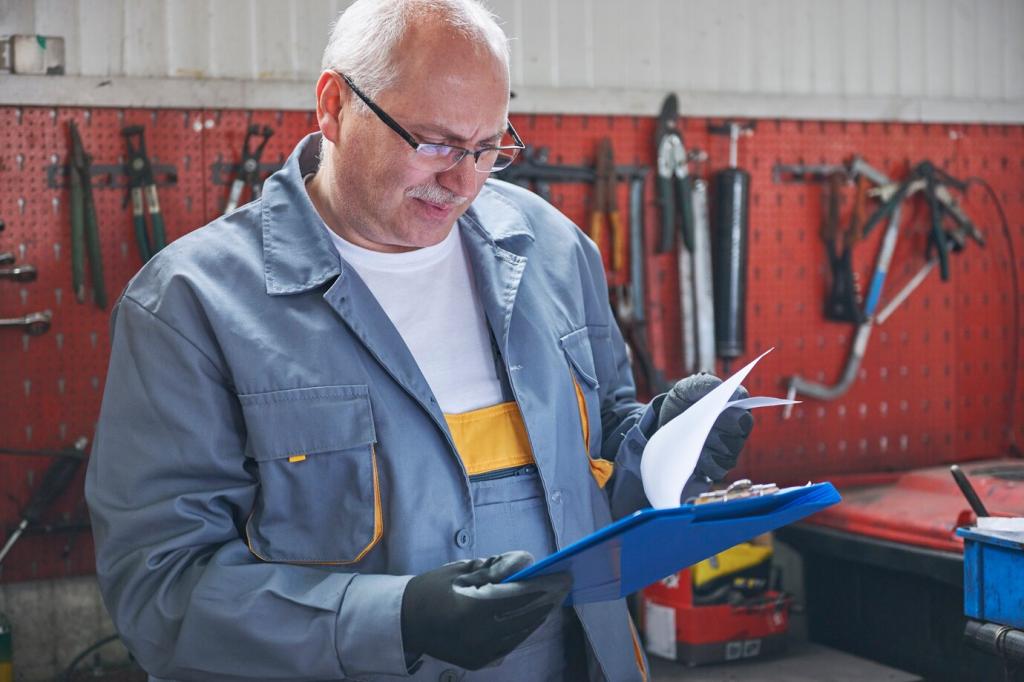Leveling Legs: True Stability on Any Floor
Place the chair on a verified flat board or tabletop. Use thin shims to simulate felt pads. Rotate the chair ninety degrees and retest; if the wobble changes with orientation, your floor—not the chair—may be the culprit.
Leveling Legs: True Stability on Any Floor
Mark the high leg lightly with pencil, then sand or plane gradually while rechecking frequently. Remove tiny amounts, alternating legs as needed. Patience here prevents a cascading cycle of overcorrection and unwanted chair tilt.








